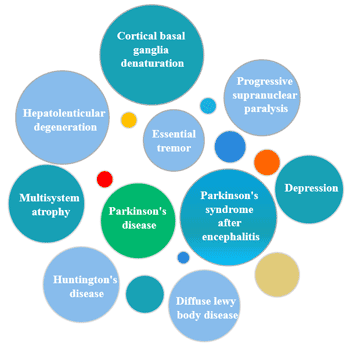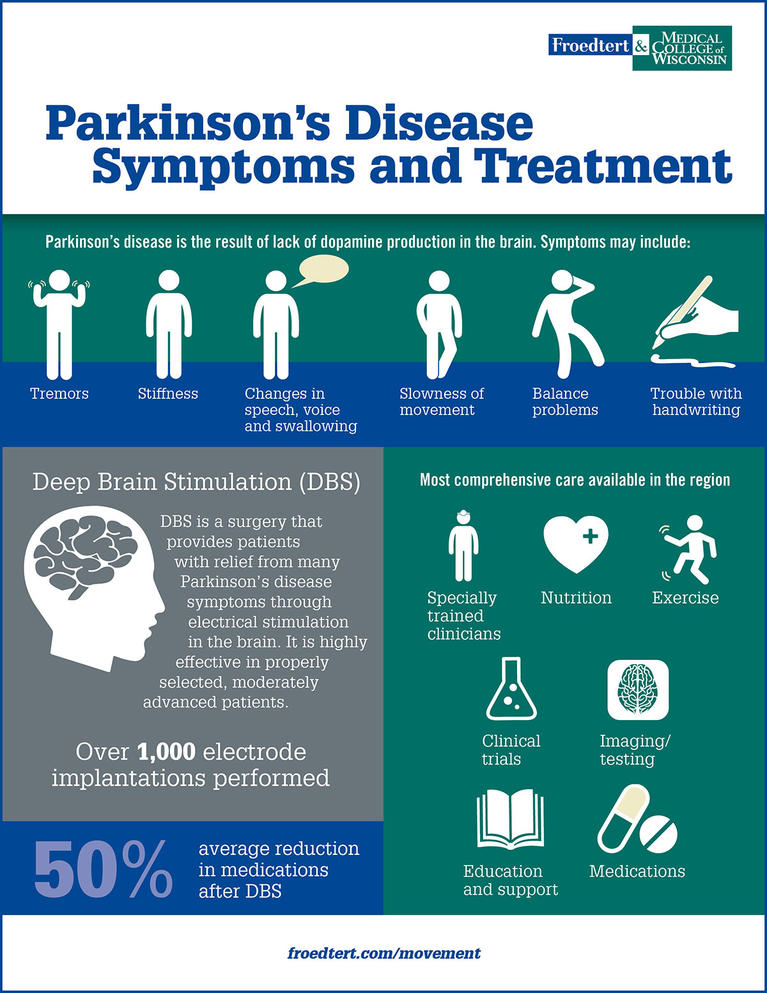
There are two main types of Parkinson’s disease. Corticobasal degeneration is the least common type and is caused by the buildup of tau protein in the brain. Symptoms in this form are often mild and involve problems with movement, balance, and speech. It can be life-threatening, leaving patients bedridden and in need of full-time nursing care. But, if you’re caring for a loved one with this disease, you need to learn more about the two different types of the disease and their treatment options.
The most common type of atypical Parkinsonism is PSP, which is characterized by a slow deterioration of the brain and the accumulation of alpha-synuclein. This protein damages nerve cells, which causes a person to move slowly and stiffly. People with this disorder may fall frequently, and may experience problems swallowing, producing speech, and sleeping. Other symptoms of PSP include trouble with memory, thought, and memory.
Another type of atypical Parkinson’s is called Progressive Supranuclear Palsy (PSP). This type is characterized by rapid progression of symptoms. People with PSP may fall frequently, and their eye movements may be limited. They may also have difficulty producing speech, swallowing, and sleeping. They may have difficulty thinking and memory problems. While PSP and PD are similar in appearance, they are distinct from each other in their symptoms.
Multiple system atrophy is a group of neurological disorders with many subtypes. This group includes patients with varying degrees of parkinsonism. Symptoms can range from stiffness to lack of coordination. A person suffering from this type of Parkinson’s disease should consult their doctor if they experience any of these symptoms. It is important to know the differences between the different types and their treatment. If you are concerned about what type of disease you have, you should see a doctor who can give you an accurate diagnosis.
Symptoms of MSA-C include a progressive loss of balance and coordination. People with MSA-C may also experience "action tremors," a characteristic of people with the condition that causes them to tremble when they reach for an object. They may also have trouble eating, swallowing, and thinking. The median age of onset for MSA-C is mid-fifty. The typical symptoms of PNP are similar to those of PD. However, unlike PD, the latter has a more rapid progression. Most people’s severe disabilities develop within three to five years of diagnosis.

Early symptoms of MSA are usually mild. Some people have a more severe form of the disease than others, but symptoms may be present at any stage. In the early stages, a person may have one symptom, such as tremors. Symptoms of the disease also vary. The onset of this disease usually falls on the age of about 60 years. At this stage, symptoms begin in one limb, progressing to dystonia, myoclonus, or apraxia.
The various signs of Parkinson’s disease vary from person to person. Some may be mild or worse than others. Early signs of Parkinson’s disease include falls. Some patients may even fall more than four times a week. Other symptoms include sleep disturbance, memory impairment, and visual impairment. Although the symptoms of both types of Parkinson’s disease are similar, PNP is more severe than the previous one. They are both irreversible and require a full medical evaluation.
There are many different types of Parkinson’s disease. These types are classified according to the severity of symptoms and the risk of developing another type. In severe cases, a patient may have several types of Parkinson’s disease, each of which affects the person differently. Symptoms may be more severe depending on the type. It is important to be examined by a doctor and rule out symptoms if they do not match. For more information about the symptoms of Parkinson’s disease, read the articles at https://consultordesalud.com.ar/.
As with any disease, MSA-C can present with a variety of symptoms. The most common symptom is loss of coordination. Symptoms may be accompanied by "stiffness" or stiffness in the hands. It can also cause a person to fall. In the early stages of the disease, a person with PSP may have trouble moving their eyes. Those who have the disease may fall frequently. The onset of the disease can occur at any age, but most people develop disability within three to five years.